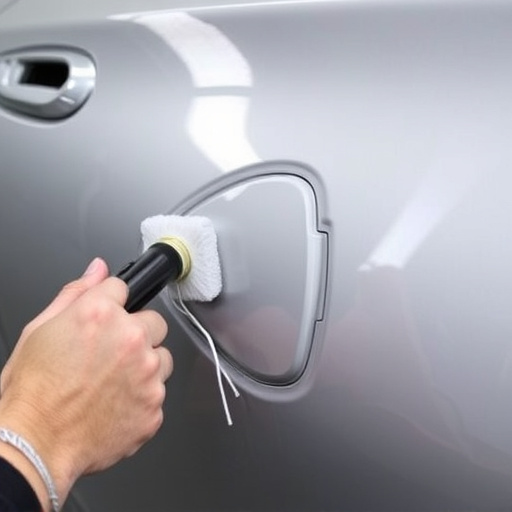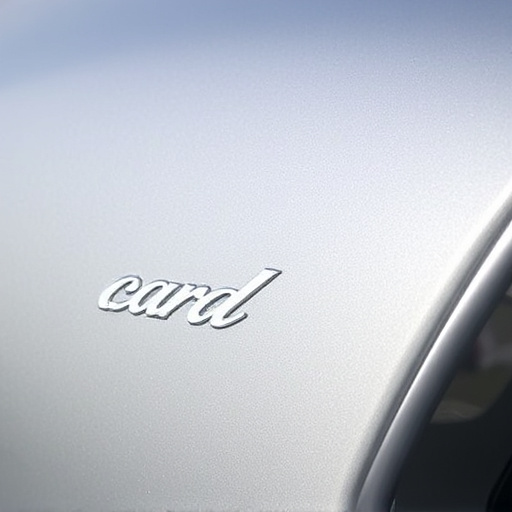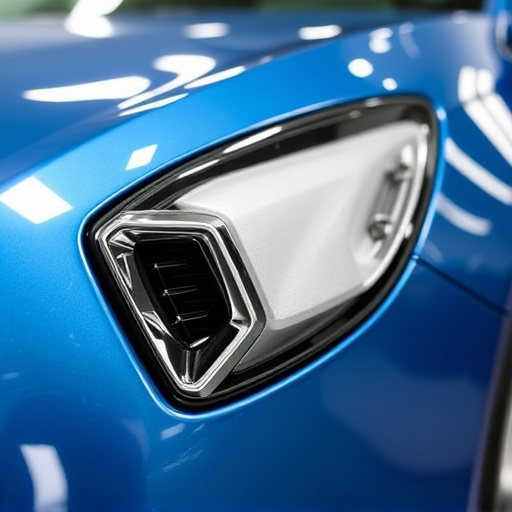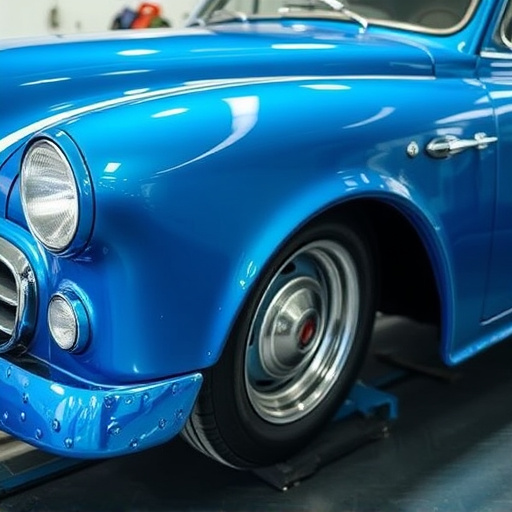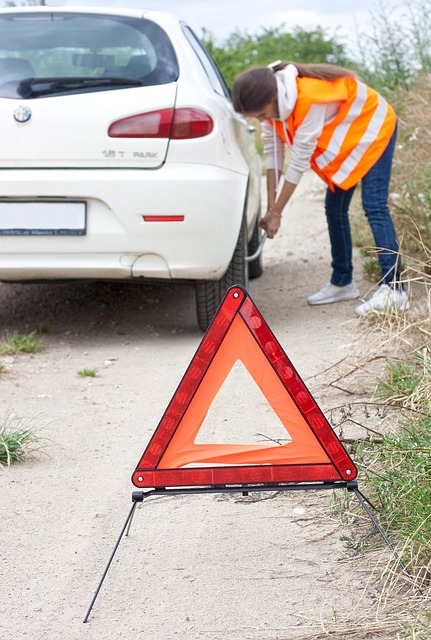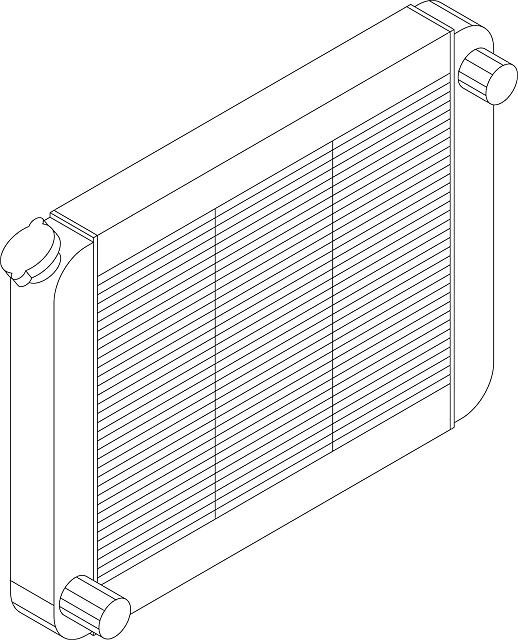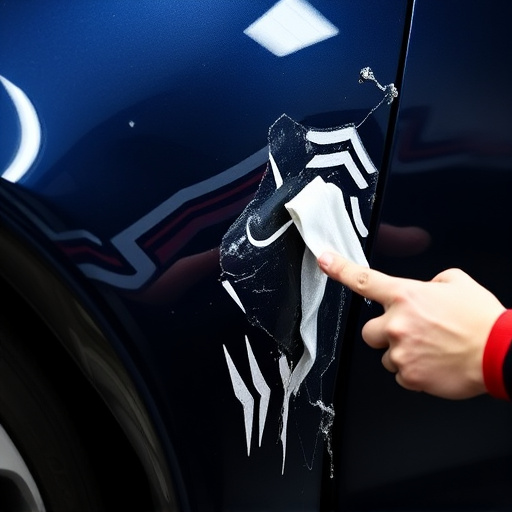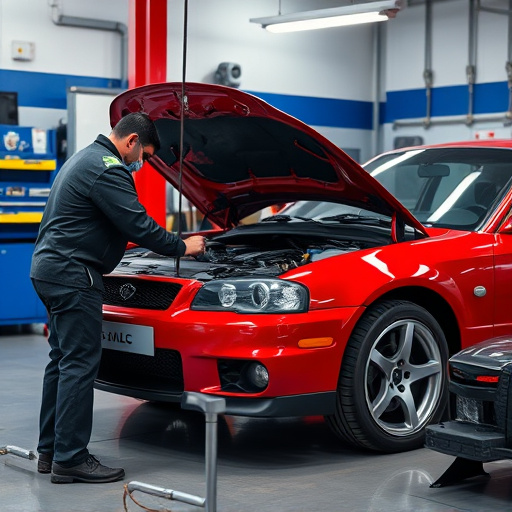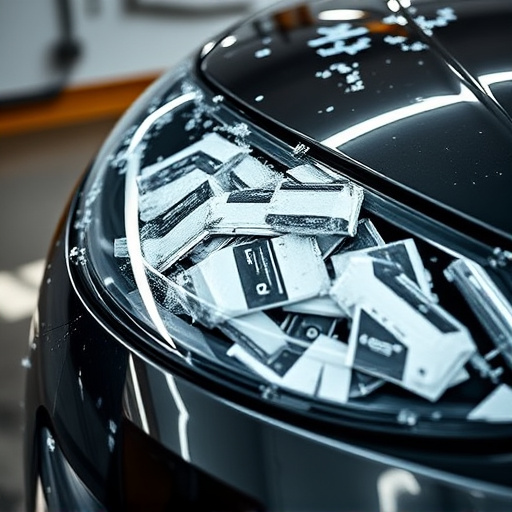Plasma cutting collision repair is a precise and swift technique using ionized gas (plasma arc) to melt and vaporize metal, achieving clean cuts with minimal damage. The optimal plasma cutter selection considers power output, versatility, and ease of use for diverse repair challenges. Mastering plasma cutting techniques requires understanding machine capabilities and adjusting parameters like gas flow rates and current settings for material-specific cuts, resulting in seamless joins and reduced rework for superior customer satisfaction.
“Uncover the secrets to mastering plasma cutting collision repair with our comprehensive guide. In today’s automotive industry, precision is key, and plasma cutting offers an efficient solution for effective repairs. From understanding the fundamentals of plasma cutting basics to selecting the right tools and honing techniques for clean cuts, these 10 tips will empower you to achieve seamless joins in collision repair work. Elevate your skills and stay ahead in the game with these expert insights.”
- Understanding Plasma Cutting Basics for Effective Collision Repair
- Choosing the Right Tools: Plasma Cutters for Precise Repairs
- Mastering Techniques: Achieving Clean Cuts and Seamless Joins
Understanding Plasma Cutting Basics for Effective Collision Repair
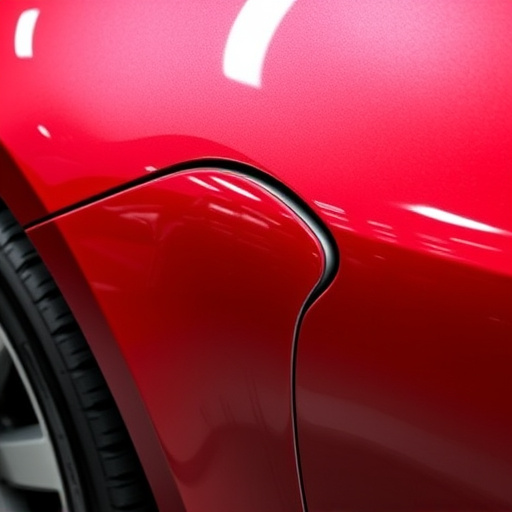
Plasma cutting is a highly effective and precise technique used in collision repair for its ability to cut through various materials quickly and accurately. Understanding the basics of plasma cutting is crucial for anyone looking to master collision repair. This process involves using a plasma arc, which is essentially an ionized gas, to melt and vaporize metal. The focused heat from the plasma allows for clean cuts, minimizing damage to surrounding areas, making it ideal for intricate auto glass repair and vehicle body repair tasks.
For efficient plasma cutting collision repair, technicians must be adept at controlling the plasma torch’s intensity and movement. This skill is essential when dealing with diverse materials, including metal panels, frames, and even certain types of plastic in fleet repair services. By grasping the fundamentals of plasma cutting, professionals can achieve seamless fusion between replacement parts and existing vehicle structures, ensuring superior quality in every repair job.
Choosing the Right Tools: Plasma Cutters for Precise Repairs
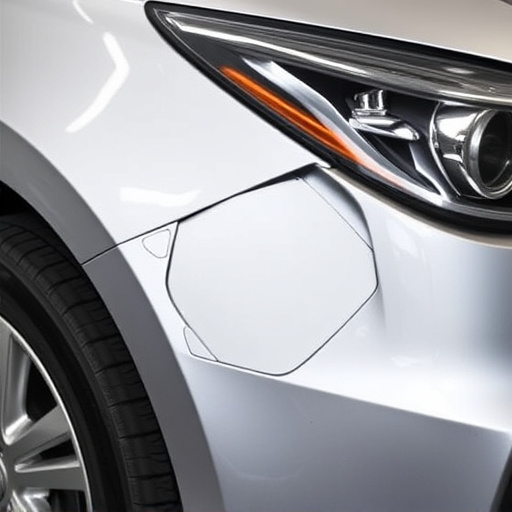
When it comes to plasma cutting collision repair, selecting the right tools is paramount for achieving precise results. Plasma cutters stand out as indispensable for their accuracy and efficiency in fixing hail damage, collision damage, or dents on vehicles. These advanced machines use a concentrated beam of ionized gas to cut through metal with remarkable finesse, making them ideal for intricate dent repair tasks.
Choosing the right plasma cutter involves considering factors like power output, cutting speed, and ease of use. For instance, a higher power output equates to faster cuts but requires more skill to operate safely. Professionals in the field often prefer versatile models that can handle various metal types and thicknesses, ensuring they’re prepared for any collision repair challenge.
Mastering Techniques: Achieving Clean Cuts and Seamless Joins
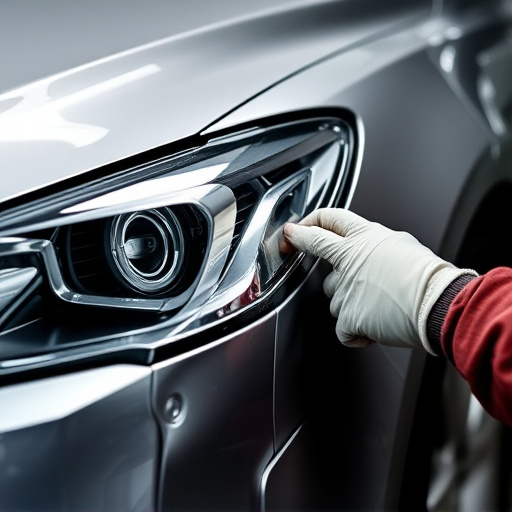
Mastering plasma cutting techniques is an art that can transform collision repair into a seamless process. When done right, it offers clean, precise cuts that enhance the structural integrity of vehicles. Achieving this requires practice and understanding of the machine’s capabilities. The key lies in adjusting parameters like gas flow rates, current settings, and cut angle to match the material type and thickness.
For collision centers looking to excel in plasma cutting collision repair, focusing on seamless joins is paramount. This involves ensuring the edges of the cut pieces are smooth and free from slag, enabling easy fitting and bonding. Proper technique prevents jagged edges that could compromise structural stability and increase the need for auto glass replacement or other finishing work. Auto repair services can benefit significantly from these techniques, reducing rework and delivering high-quality results.
Plasma cutting collision repair is a precise art that, with the right knowledge and tools, can deliver exceptional results. By understanding the basics of plasma cutting, selecting the appropriate equipment like plasma cutters, and honing cutting techniques for clean, seamless joins, you’re well-equipped to tackle complex collision repair tasks. These 10 tips serve as a foundational guide, enabling professionals to navigate the landscape of plasma cutting collision repair with confidence and skill.
